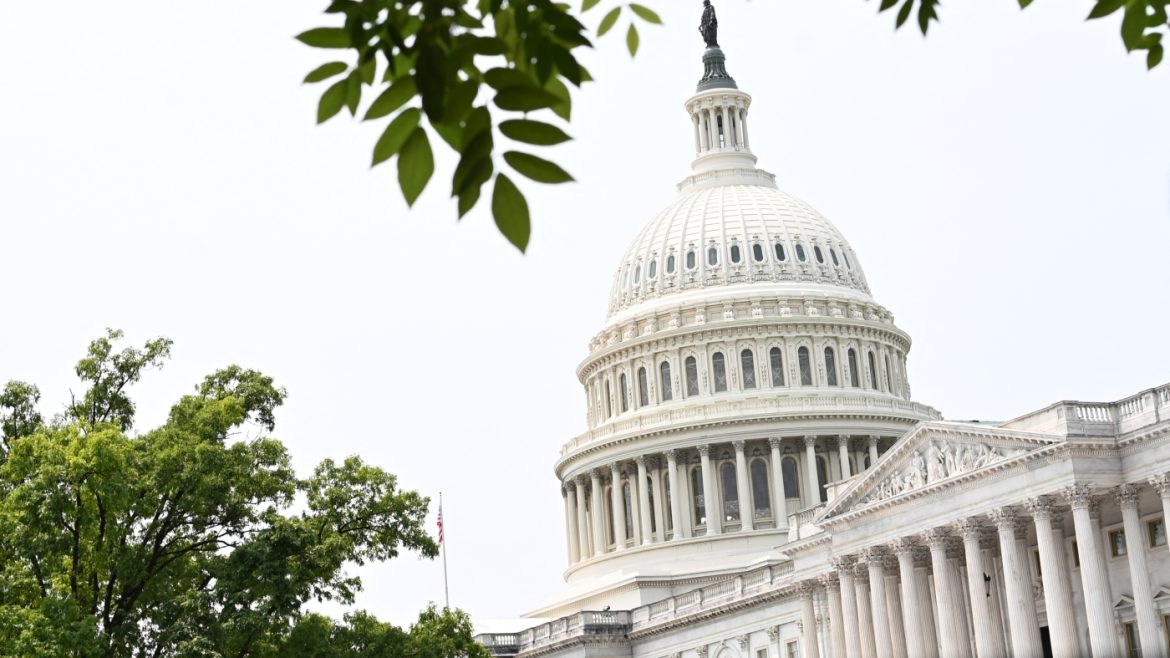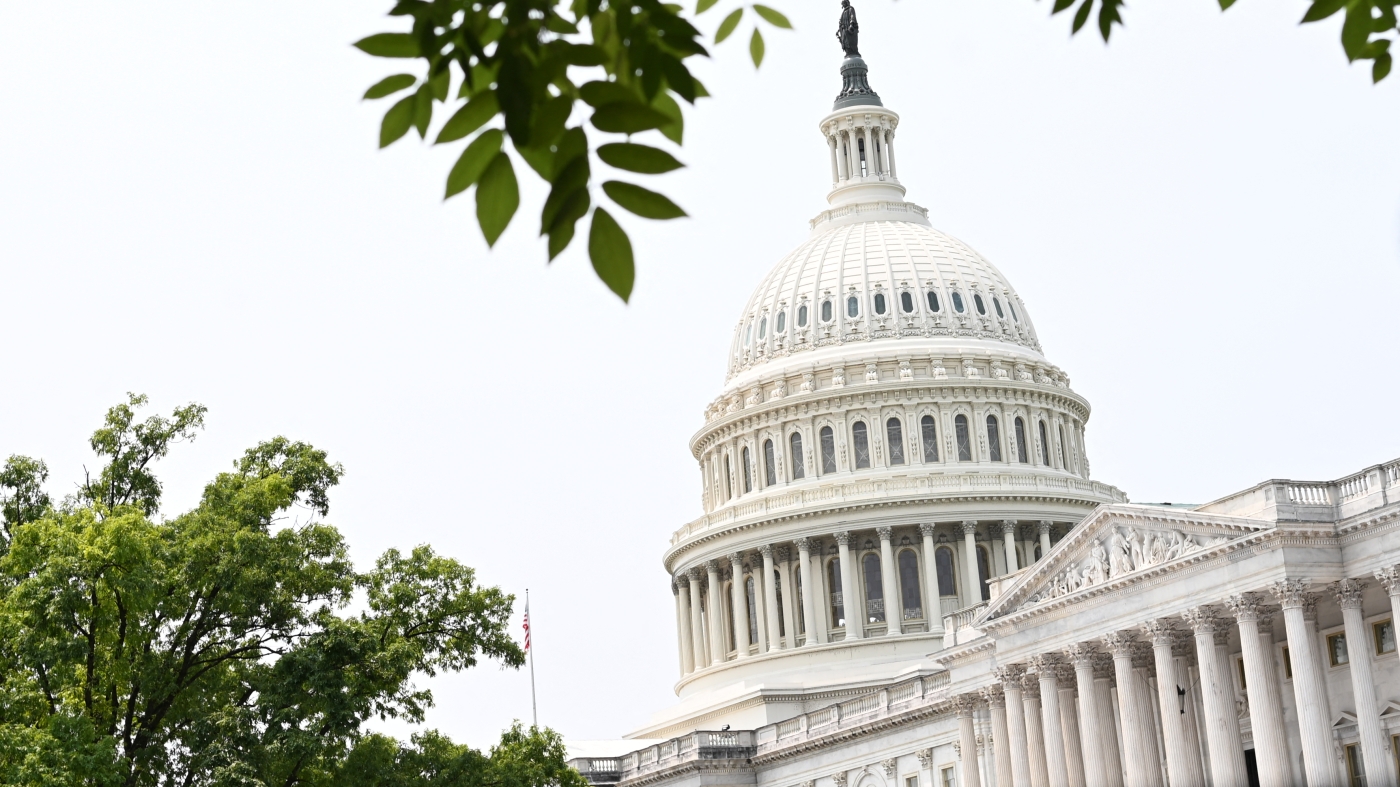The fiscal implications of the recent Republican legislative package championed by President Donald Trump have become a focal point of economic and political discussion. This expansive bill, often dubbed the “big, beautiful bill,” contains core elements of Trump’s domestic policy agenda, particularly substantial tax cuts and program modifications. Analysis from the nonpartisan Congressional Budget Office (CBO) provides a sobering assessment: over the next ten years, this legislation is projected to increase the national debt by approximately $2.4 trillion.
The Scale and Structure of the Fiscal Impact
At its heart, the CBO’s analysis reveals a staggering fiscal trajectory, with annual budget deficits swelling cumulatively by trillions over the next decade. The nation’s current public debt hovers around $29 trillion, and without changes in fiscal policy, it was anticipated to rise by roughly $21 trillion over ten years. This bill, by itself, contributes an additional $2.4 trillion to that baseline, signalling a marked increase in the federal government’s borrowing needs.
The principal driver of this debt surge is the tax-cut component embedded in the legislation. Despite tax cuts often being politically popular due to their immediate appeal to taxpayers and businesses, the long-term fiscal cost is significant. The bill envisions reducing government revenue by an estimated $3.7 trillion over the decade but proposes program cuts and spending reductions that would offset some, yet not all, of these lost revenues. The net effect translates into the $2.4 trillion debt increase forecasted by the CBO.
Political Context and Policy Considerations
The passage of this bill occurred entirely along party lines, with no Democratic support, underscoring the deep partisan divide over fiscal priorities and governance philosophy. Its proponents argue the tax cuts will spur economic growth, job creation, and investment, potentially expanding the tax base in the long run. However, such dynamic effects are difficult to quantify and were not sufficiently robust in the CBO’s analysis to mitigate the predicted debt growth.
Additionally, the bill’s broader policy impacts extend beyond fiscal arithmetic. Several analyses have noted adverse effects on health insurance coverage, projecting that millions could lose coverage in the next decade, reflecting spending cuts to healthcare programs designed to offset tax revenue losses. This health coverage reduction intertwines with fiscal outcomes, potentially imposing broader socioeconomic costs on the nation.
Comparing Estimates and Broader Implications
While the CBO’s estimate remains the authoritative nonpartisan forecast, other fiscal watchdogs and academics have produced similar findings, confirming the substantial deficit increase and debt accumulation. Earlier, more pessimistic CBO projections placed the bill’s debt increase as high as $3.8 trillion, though revisions have tempered those numbers.
The underlying question remains how this additional debt burden will impact the country’s economic health, interest rates, and ability to fund other priorities in the coming decades. Skeletons in the fiscal closet are significant even before this bill, and adding trillions more to the debt could accelerate concerns about sustainability.
Impact on U.S. Economic and Social Landscape
This legislation exemplifies the complex trade-offs in budget policymaking—between stimulating economic activity through tax incentives and preserving fiscal discipline to safeguard national creditworthiness. While tax cuts may offer short-term economic benefits, the resulting increase in debt could constrain future government spending, potentially leading to more austerity or higher taxes in the future to stabilize finances.
Moreover, the projected reduction in health insurance coverage affects millions of Americans, potentially increasing health disparities and economic insecurity. Such outcomes add a human dimension to the numerical forecasts, reminding policymakers and citizens alike that budget decisions have tangible effects on lives and communities.
Looking Ahead: Fiscal Responsibility and Policy Debate
In the grand scope of U.S. fiscal policy, this bill’s $2.4 trillion debt addition serves as a critical benchmark. It frames the ongoing debate about the nation’s economic priorities: whether to pursue aggressive tax reductions and policy shifts that risk ballooning deficits or to seek more balanced approaches that maintain fiscal discipline while addressing growth and social welfare.
As these discussions continue, watchful analysis from independent bodies like the CBO remains crucial to inform the public and legislators. Transparent scrutiny ensures that economic policies align not only with political ambitions but also with the long-term health and stability of the country’s financial foundation.
—
Conclusion: Navigating the Future of America’s Fiscal Health
The estimated $2.4 trillion increase in debt from President Trump’s signature legislative agenda encapsulates the tension between short-term political goals and long-term fiscal sustainability. This legislation, marked by significant tax cuts and program shifts, is projected to deepen the national debt substantially, challenging America’s economic trajectory and social fabric.
The stakes extend beyond numbers into the realities of healthcare coverage and economic security for millions. As policymakers and citizens confront these profound implications, balancing growth, equity, and responsibility will be key to shaping a resilient economic future. The dialogue sparked by this analysis offers a vital moment for reflection on how best to steward the nation’s fiscal resources amid competing priorities and ideals.


